LNG ISO Container: overview of features, types & sizes
Everything needed to know about LNG iso containers, the features, types, sizes and uses from LNG ISO storage tank manufacturers. Since 2000, DSW has specialized in the design, development, manufacturing, engineering, sales and technical maintenance services for an array of transport, storage and processing equipment used in the energy, chemical and liquid food industries. DSW is an industry leader in designing, engineering and supplying LNG transportation and storage tanks.
What is an LNG iso container?
As the demand for international trade grows, so does the need for quality and reliable transport. LNG iso containers meet this need to transport LNG on a global scale with a variety of customizable features.
In many countries, LNG tank containers are used to optimize the energy supply chain and to obtain liquefied natural gas (LNG) for use in cities and remote areas. LNG tank containers offer an effective solution to the problem of LNG supply.
An LNG ISO container is a tank container built according to the ISO standard (International Organisation for Standardization) and used to transport liquefied natural gas (LNG) in bulk.
These iso tanks are made of stainless steel and have multi-layered vacuum-insulated pressure tanks supported by double-walled transport tanks. This allows them to hold LNG at temperatures of -162 °C (-260 °F). The LNG ISO tank containers have a maximum pressure level of 0.690 MPa.
The LNG iso tank container has two containers – an inner tank with LNG and an outer tank with insulating material. Fully sealed tanks are the most common, and their size varies depending on their purpose. Transporting LNG in ISO tanks is an innovative and effective alternative to traditional natural gas distribution.
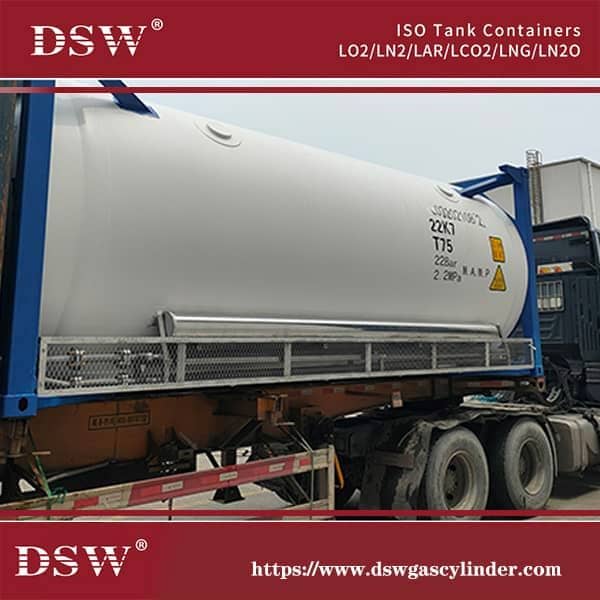
LNG tank container market overview
Now that we have an idea of what LNG ISO tanks can transport. Here is a quick overview of the LNG ISO tank market.
The global LNG iso tank container market is estimated to be US$159.1 million by 2021 and is expected to reach US$264 million by 2028.
In 2021, Europe will be the largest LNG iso tank container market region, with North America in second place.
Key Features of LNG ISO Tanks:
Durable Construction: LNG ISO tanks are built using high-quality materials to withstand the challenging conditions associated with LNG transportation. Their robust construction enables them to endure extreme temperatures and effectively contain the LNG in its liquid form.
Efficient Insulation and Thermal: These tanks incorporate advanced insulation materials and techniques to minimize heat transfer. This ensures that the LNG remains at the required temperature throughout transportation, preventing vaporization and providing safe and efficient delivery.
Safety Features: LNG ISO tanks incorporate a range of safety features to ensure the secure transportation of LNG. These features encompass emergency shut-off valves, pressure relief devices, and integrated monitoring systems, which actively detect and address any potential leaks or abnormalities that may arise during transit.
Standardized Design: The tanks follow international standards, ensuring compatibility with various transportation modes and facilities worldwide. They are built to ISO dimensions and can be quickly loaded onto container ships, railcars, or truck trailers, providing seamless intermodal transportation.
Capacity Options: LNG containers are available in various capacities, from small to very large, to meet customers’ needs. The tank size can be chosen based on specific transport needs.
Regulatory Compliance: ISO lng tank containers comply with industry standards and regulations, ensuring safety, environmental protection, and legal compliance. They are designed and manufactured to meet the stringent requirements set by international bodies and local authorities.
Maintenance and Service: Ensuring the safe operation of LNG ISO tanks necessitates regular maintenance and inspection. Manufacturers typically offer comprehensive support services to facilitate this, encompassing maintenance guidelines, readily available spare parts, and technical assistance. These measures are implemented to guarantee the tanks’ long-term performance and reliability.
<
Benefits of LNG ISO Tank Container:
Flexibility: LNG ISO tanks offer a versatile solution for transporting LNG to diverse destinations, enabling efficient intermodal transportation across road, rail, and sea networks.
Cost-Effectiveness: LNG ISO tanks effectively mitigate the requirement for dedicated LNG terminals and infrastructure, leading to cost savings compared to alternative delivery methods.
Safety and Security: Cryogenic ISO tanks undergo meticulous engineering and incorporate a comprehensive range of safety features. These features are purposefully designed to ensure the secure transportation of LNG, effectively minimizing the potential risks of accidents or leaks.
Reduced Emissions: Using ISO tanks for LNG transportation contributes to promoting cleaner energy sources, as LNG exhibits lower carbon emissions compared to other fossil fuels. This environmentally sustainable approach aids in fostering a greener future.
The LNG iso container and its specifications
So far, we know that the LNG storage tank is the most efficient container for transporting liquefied natural gas. Two types of LNG ISO tank containers are commonly used in the shipping industry: the standard 20-ft and 40-ft LNG ISO containers. Each type and size has unique specifications to best serve its purpose.
Let’s take a closer look at each of their specifications and indicators.
20ft LNG iso tank container
Cryogenic ISO tank containers enable the transportation of LNG over extended distances, facilitating a cost-effective and efficient fuel supply to end users situated far from the LNG source.
A 20ft cryogenic LNG ISO container, operating at a working pressure of 17 BAR, offers a substantial storage capacity of 22,000 liters. Such containers are pivotal in optimizing LNG logistics, enabling the seamless delivery of LNG to distant destinations.
Container size (L x W x H/mm): 6,058 x 2,438 x 2,591
Design code: ASME/GB
Load Weight: 26000~28500KG
Design temperature: -196~+50℃
40ft ISO LNG tank container
Container size (L x W x H/mm): 12,192 x 2,438 x 2,591
Design code: ASME/GB
Load Weight: 30480~34000KG
Design temperature: -196~+50℃
45ft standard LNG iso tank container
The newly developed 45ft water-land intermodal tank containers have independent intellectual property rights and excellent vacuum performance. The 45ft position and 40ft transport angle can be suitable for many kinds of skeleton trucks at home and abroad. Meanwhile, an additional 45ft of lifting equipment at the pier is not necessary either; a back-installed pipeline is easier for the transportation and operation of end users.
In conclusion, LNG ISO containers are a vital component of the global energy infrastructure. Their ability to safely and efficiently transport and store LNG has revolutionized the energy landscape, enabling more comprehensive access to clean-burning natural gas. As the world strives for a more sustainable energy future, LNG ISO containers will continue to play a critical role for years to come.

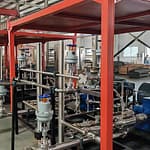

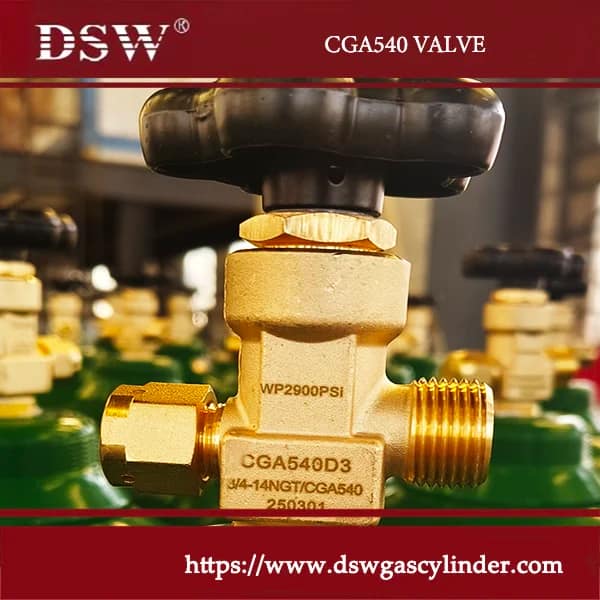
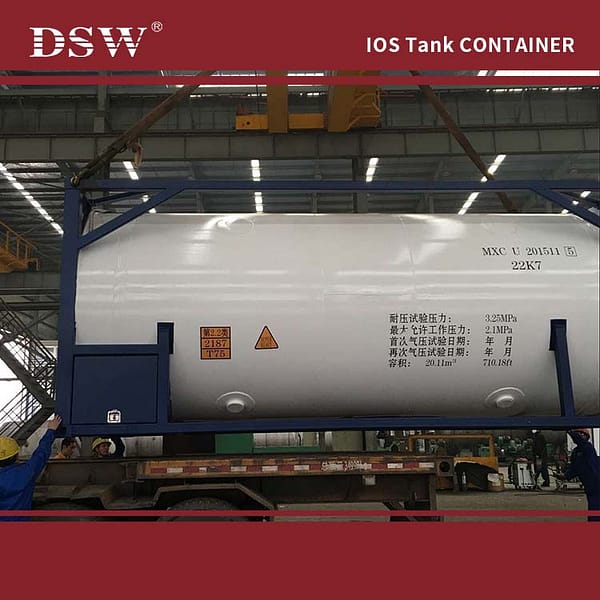

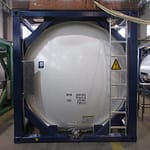
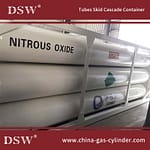
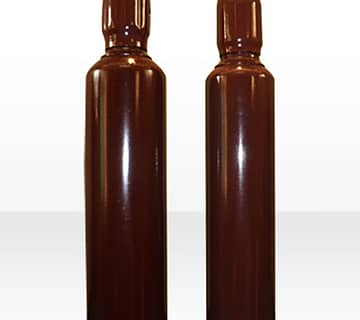
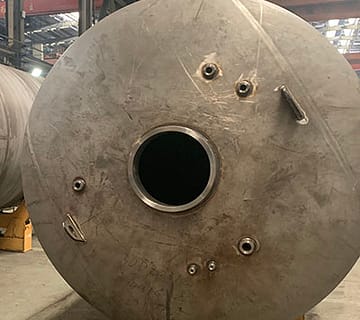
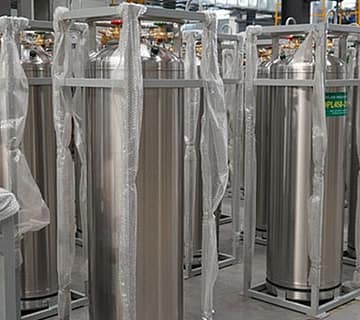

No comment